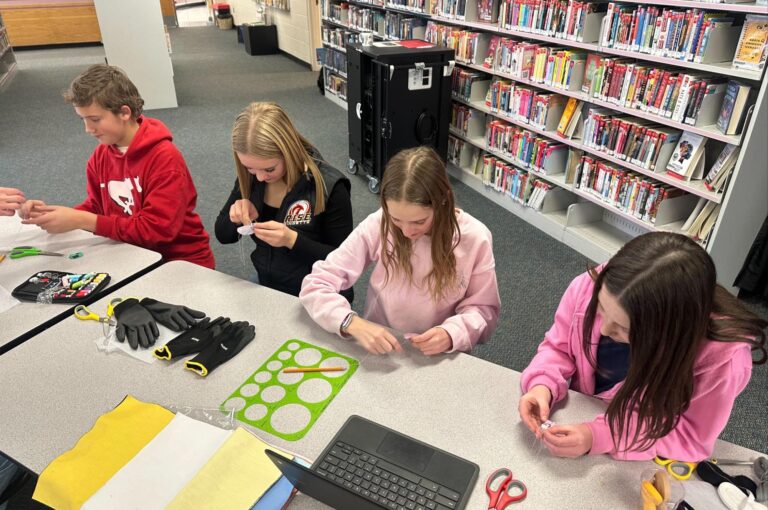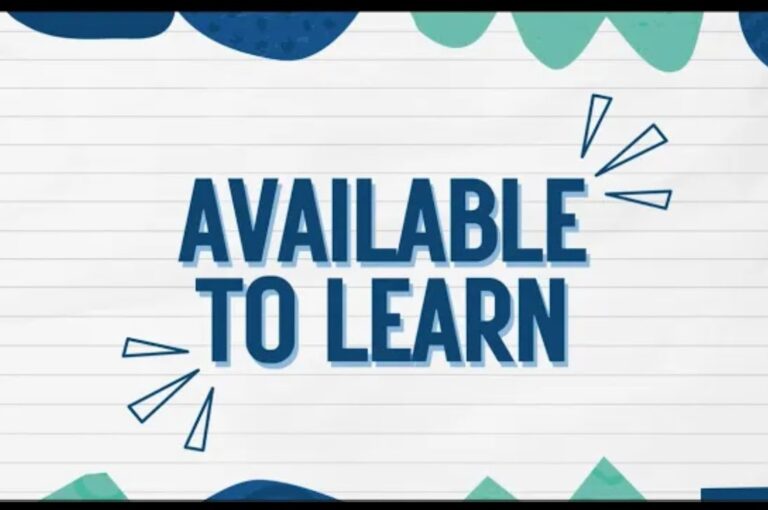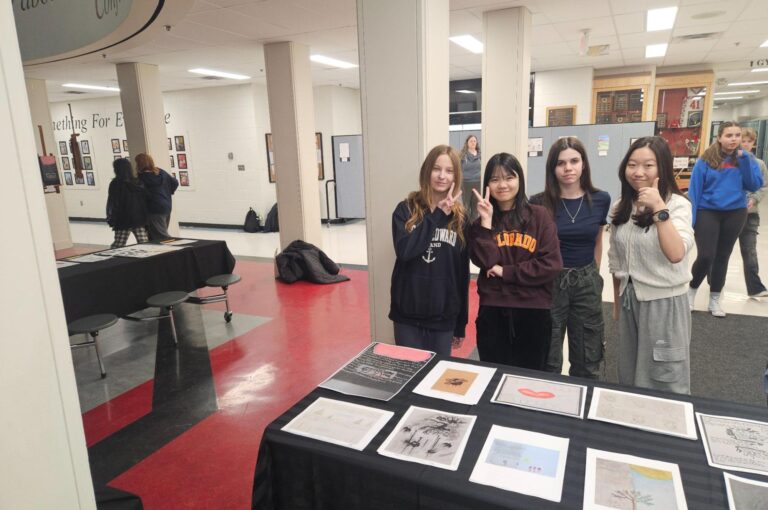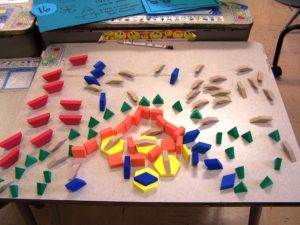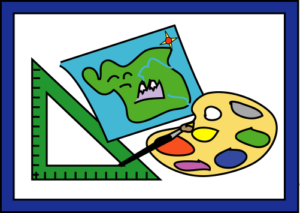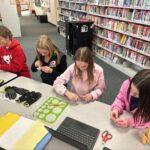Hear a piece of information and three days later you will remember only 10% of it. Add a picture and you will remember 85% of the information.
The more Visual the input becomes, the more likely it is to be recognized and recalled (Medina, 2014). Hear a piece of information and three days later you will remember only 10% of it. Add a picture and you will remember 85% of the information (Medina, 2014). Visuals are processed 60,000 times faster than text. Visuals are one of the fastest ways to communicate information and concepts. Visuals also help to reduce anxiety, increase comprehension and even help with decoding.
Ways to Incorporate Visuals into your Learning
- Visuals are not just images. They can include video clips, menus, bus schedules, post-cards, maps or a book page. Make visuals as real looking as possible.
- Use technology to see as well as listen to stories online. Try Storybook Canada or Unite for Literacy.
- Visual supports can be sketches that you create. Sketchnoting is a form of note-taking. It involves
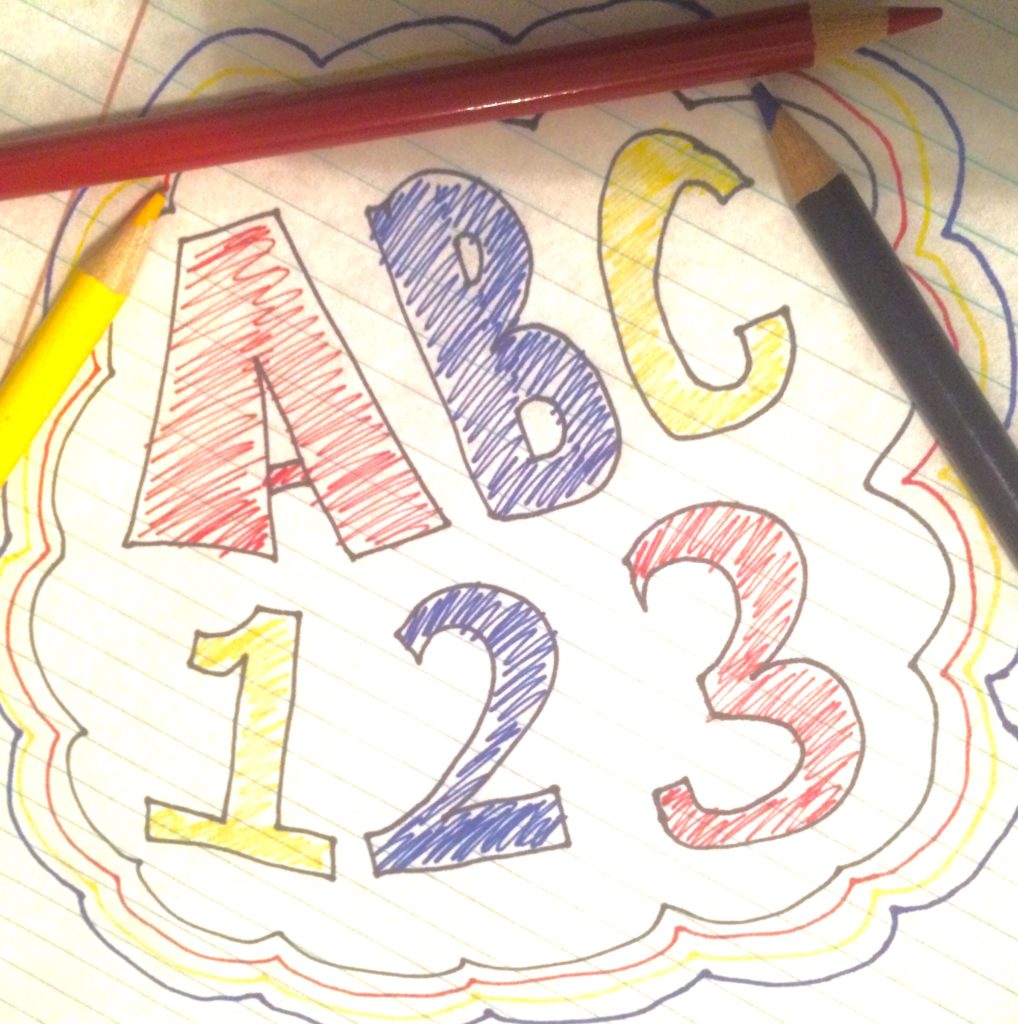 bringing more visuals into the process compared to typical note-taking. Click here to see ten different ways that you can incorporate sketchnotes into your learning.
bringing more visuals into the process compared to typical note-taking. Click here to see ten different ways that you can incorporate sketchnotes into your learning. - Visuals also include real objects (realia) that you can use to support vocabulary and concept development. For example, use a measuring tape to find how much wallpaper you need to cover a wall.
- Pairing visuals with new vocabulary is a powerful way to help you understand concepts and ideas. PICS4Learning provides copy-right friendly photos and images for multimedia projects, web sites, videos and portfolios.
- Visuals help you to comprehend new information even if you are not able to understand every word that you are listening to.

